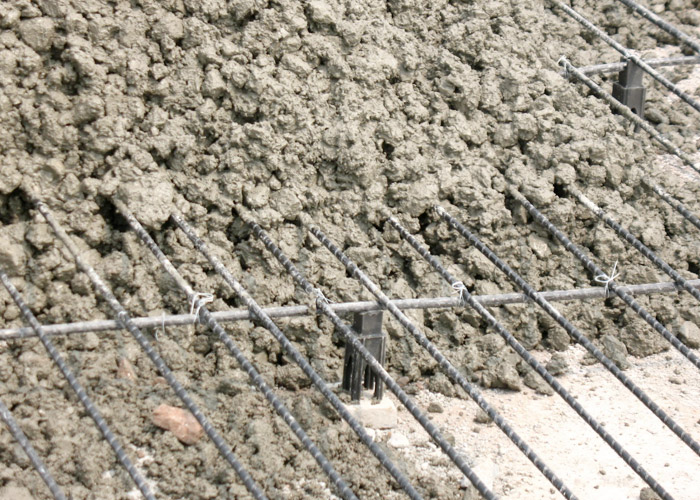Now we explore the key features and advantages of incorporating steel fibers into concrete, outlining their applications in construction, infrastructure, and industrial projects. From increased crack resistance to improved impact resistance and ductility, concrete steel fiber reinforcement offers a reliable solution for optimizing structural performance. Learn about the various types of steel fibers available and how they contribute to the longevity and reliability of concrete structures.
Understanding Steel Fiber Reinforcement
Concrete steel fiber reinforcement involves adding small, discrete fibers made of steel into the concrete mix. These fibers serve as a secondary reinforcement system, enhancing the concrete’s mechanical properties. The steel fibers distribute the load more evenly throughout the concrete matrix. Increasing its resistance to cracking, shrinkage, and fatigue.

Key Features and Advantages
- Enhanced Crack Resistance: Concrete steel fiber reinforcement significantly improves crack resistance. Preventing the propagation of cracks and reducing potential structural damage. The fibers act as a reinforcement network, limiting crack width and ensuring structural integrity.
- Improved Impact Resistance: Steel fibers enhance the impact resistance of concrete structures. Making them more resilient against heavy loads, vibrations, and dynamic forces. This is particularly crucial in industrial facilities, warehouses, and transportation infrastructure.
- Increased Durability: The addition of steel fibers improves the durability of concrete by reducing the effects of abrasion, erosion, and weathering. This results in longer service life and reduced maintenance requirements.
- Enhanced Ductility: This steel fiber increases the ductility of concrete. Enabling it to withstand greater deformation without failure. This is especially beneficial in seismic-prone regions, where structures need to withstand significant ground motion.
- Rapid Construction: The use of steel fibers in concrete can expedite construction timelines by eliminating the need for traditional reinforcement methods, such as steel bars or mesh. This results in faster project completion and cost savings.
Applications in Construction and Infrastructure
Concrete steel fiber reinforcement finds applications in various construction and infrastructure projects. In the construction industry, it is commonly used in the construction of high-rise buildings, bridges, tunnels, and parking structures. The addition of steel fibers enhances the structural integrity and ensures the longevity of these critical infrastructure components.

Moreover, in industrial facilities, such as warehouses and manufacturing plants, concrete steel fiber reinforcement provides increased impact resistance, allowing the floors to withstand heavy machinery, forklift traffic, and frequent loading and unloading operations. Additionally, in transportation infrastructure, such as highways and airport runways, steel fibers improve the resistance to cracking and enhance the overall durability of the concrete pavement.
Conclusion
In conclusion, concrete steel fiber reinforcement offers numerous advantages for enhancing the strength, durability, and performance of concrete structures. From increased crack resistance and impact resistance to improved ductility and rapid construction, steel fibers provide a reliable solution for optimizing concrete performance. Incorporating steel fibers into concrete mixtures ensures the longevity and reliability of critical infrastructure components, such as buildings, bridges, and pavements. Explore the diverse range of steel fiber options available and leverage their benefits to create robust and resilient concrete structures that withstand the test of time.